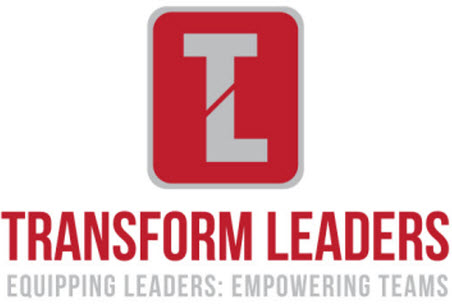- Leaders avoid dealing with conflict for too long
- Leaders often minimise the conflict and therefore skimp on the resources needed to successfully resolve it.
- Leaders often call in other to assist them when it is too late (and wonder why things don’t change)
 Differences, disagreement and conflict are normal in any workplace. As diverse human beings with different roles, goals and personal perspectives we will necessarily have differences of opinion. The goal is to resolve these differences is positive ways – in ways that:
Differences, disagreement and conflict are normal in any workplace. As diverse human beings with different roles, goals and personal perspectives we will necessarily have differences of opinion. The goal is to resolve these differences is positive ways – in ways that:
- Respect the other person,
- Consider multiple perspectives and possibilities, and
- Value the legitimate needs of everyone involved.
- Loss of sleep,
- Anxiety
- Lowered morale
- Decreased job satisfaction.
- Choosing to leave that workplace.
Level 1 Conflict = Problem to Solve | |
|---|---|
Characteristics | Description |
Issue | Conflicting goals, values, needs. Problem oriented rather than person oriented.Real tensions, often an incident or two has occurred. Problem is clearly seen and people are starting to use generalities to describe colleagues personality or skills: “They are….†“They always….â€. No sides at this point just some avoidance or caution. |
Emotions | Blame, Annoyance, frustration and anger. |
Orientation | Hoping for the best, trying to stay professional, but starting to have some side conversations about the person or people. |
Information | Trying to stay open and professional. Sometimes they will approach the person with the issue other times not. |
Language | Blaming type language, starting to cast the person as incompetent or selfish etc. |
Objective | Get the person to see that they need to change and apologise. This wont always be expressed to the person but may need to be picked up through observing passive aggressive behaviours. |
Level 2 Conflict = Disagreement | |
|---|---|
Characteristics | Description |
Issue | Real disagreement, mixing personalities and issues; problems cannot be easily defined. |
Emotions | Distrust beginning, caution in association. Less mixing with the other side'. |
Orientation | Beginning to personalise problems. Shrewdness and calculation begins (taking notes, having others present etc) |
Information | Selective holding back of information occurs by all. |
Language | More vague and general, hard to quantify what the real issues are and if they are real. Tends towards overgeneralisation, “some peopleâ€, “theyâ€. Hostile humour, barbed comments and put-downs. Higher emotional content in language. |
Objective | Face-saving, want to come out looking good. Tend to move towards consensus. Not yet win/lose conflict but tends to believe that for resolution, everyone will have to compromise. |
Level 3 Conflict = Contest | |
|---|---|
Characteristics | Description |
Issue | Begin the dynamics of win/lose. Resistance to peace overtures. Focus on person's representing the enemy'. Important my party' win |
Emotions | Not able to operate in the presence of the enemy'. However, admire worthy opponent. Not willing/able to share emotions constructively. |
Orientation | Personal attacks increase. Formation of cluimps' (boundaries more fluid that with factions. Need third party consultant. |
Information | Distortion is a major problem. Information shared only within factions. Each party assumes they know the real' intentions of the other. |
Language | Overgeneralisations: You always….†“You never….†Attribute negative motives to others consistently. Out of context statements. |
Objective | Shifts from self-protection to winning. Objectives are more complex and diffuse, clustering of issues. If a party emphases their solution, then it is probably a level 3 conflict. |
Level 4 Conflict - Fight/Flight | |
|---|---|
Characteristics | Description |
Issue | Shifts from winning to getting rid of person/s. No longer believes others can change, or want them to change. Hurt, weaken, punish, humiliate the other |
Emotions | Cold, self-righteousness. Will not speak with the other side without back up. Each believes the other party is presenting a hypocritical position. |
Orientation | Factions clearly emerge. Strong leaders emerge. Followers willing to conform to leaders wishes. Last place for constructive intervention by third party consultant. |
Information | Limited only to the cause being advocated, will not accept/listen to contrary information. |
Language | Talk now of principles' not of issues'. Language solidifies into ideology. Parties engage in rejection rituals (example: shaming, bullying, teasing etc) |
Objective | No longer winning. Now about eliminating the other/s from the environment. Hurt the other person/group. Parties attempt to expel one another. |
